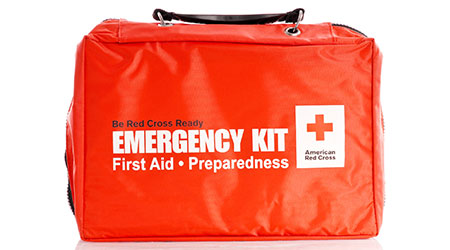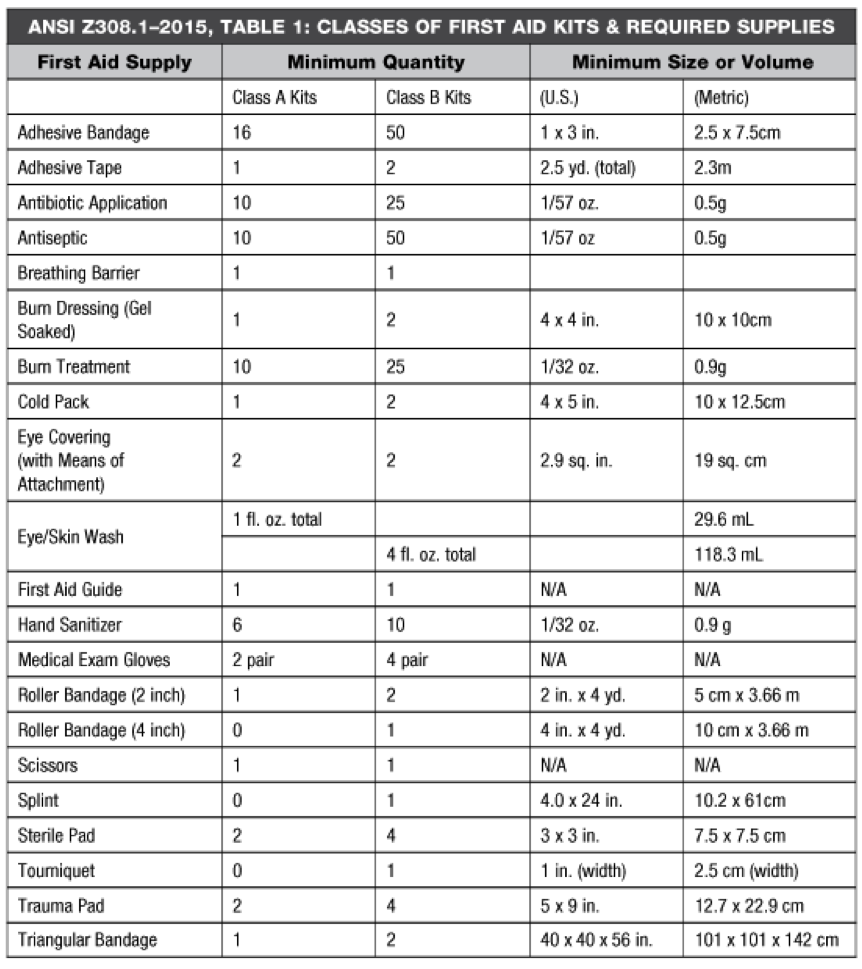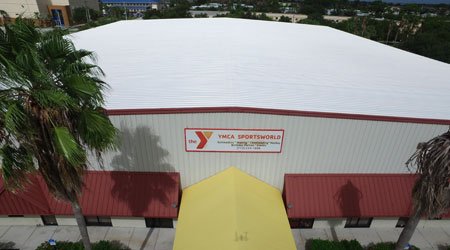
Opening the Box on First Aid Kits
March 23, 2017
First aid kits provide basic supplies needed to not only treat non-serious injuries but to also help stabilize someone with a more serious injury until professional medical help arrives. Since there are different types of first aid kits with varying contents, it’s important to understand the regulations surrounding first aid kits in the workplace.
To that end, there are two standards that should be referenced: the Occupational Safety and Health Administration (OSHA) Medical Services and First Aid regulation and the American National Standards Institute / International Safety Equipment Association (ANSI/ISEA) Minimum Requirements for Workplace First Aid Kits and Supplies.
First Aid Kit Standards
The OSHA Medical Services and First Aid regulation, 29 Code of Federal Regulations (CFR) 1910.151, is the legal requirement and states that "in the absence of an infirmary, clinic, or hospital in near proximity to the workplace which is used for the treatment of all injured employees, a person or persons shall be adequately trained to render first aid. Adequate first aid supplies shall be readily available."
As written, this doesn’t provide guidance on first aid kit contents and quantities. However, it does refer to ANSI Z308.1-1998 Minimum Requirements for Workplace First Aid Kits in its Appendix A which establishes minimum performance requirements for first aid kits and their supplies. It also provides details on contents, including containers, selection criteria, maintenance and inspection guidelines and marking/labeling specifications.
Since this appendix item was added, ANSI has updated it several times with the most recent edition, ANSI/ISEA Z308.1-2015, approved on June 17, 2015 and made effective June 16, 2016.
Classification of First Aid Kits
The ANSI/ISEA Z308.1-2015 standard also introduces two classes of first aid kits: Class A and Class B. Class A kits are designed to deal with the most common types of workplace injuries, while Class B kits are designed with a broader range and quantity of supplies to deal with injuries in more complex or high-risk environments. Exact components and quantities of each are provided in the standard.
Types of First Aid Kit Containers
There are also four distinct types of kit containers that house the first aid supplies, and they are classified by portability; ability to be mounted; resistance to water; and corrosion and impact resistance:
Type I: Intended for use in stationary, indoor applications where kit contents have minimal potential for damage due to environmental factors and rough handling. These kits are not intended to be portable and should have a means for mounting in a fixed position.
Type II: Intended for use in portable indoor applications where the potential for damage due to environmental factors and rough handling is minimal. These kits should be equipped with a carrying handle.
Type III: Intended for portable use in mobile indoor and/or outdoor settings where the potential for damage due to environmental factors is not probable. Kits should have the means to be mounted and have a water resistant seal.
Type IV: Intended for portable use in mobile industries and/or outdoor applications where the potential for damage due to environmental factors and rough handling is significant.
When deciding which class and type of kit may be most appropriate, employers should consider the risks and the potential severity and likelihood of an incident.
Based on the number of employees, layout of the facility and access to emergency services, employers should also consider whether multiple first aid kits are needed.
These considerations also come into play when determining if a kit needs to be supplemented with additional supplies. The selection of these items should be based on the recommendation of a person competent in first aid and who is aware of the potential hazards and number of employees at the worksite.
Common Mistakes and Misconceptions
One common misconception is that physician approval is required for on-site first aid supplies, but according to OSHA, first aid supplies don’t need to be approved by a consulting physician. They should, however, be selected by a person competent in first aid and knowledgeable of the hazards found in the workplace.
Another misconception is the belief that over-the-counter medicines should not be placed in first aid kits. This also isn’t necessarily true. Over-the-counter medicine can be put in first aid kits, as long as it’s packaged in single-dose, tamper-evident packaging and labeled as required by the Food and Drug Administration (FDA). These medicines should also not cause drowsiness.
To ensure the completeness and usable condition of all supplies, first aid kits should also be inspected and maintained on a regular basis. Some supplies may have expiration dates, and any that are beyond that marked date should be replaced.
By following these guidelines and regulations, employers will be in compliance with this important OSHA regulation, and most importantly, will provide adequate first aid supplies near where injuries may occur in their workplace.
 This Quick Read was written by Wesley J. Maertz, technical safety specialist at Grainger. Maertz is also a professional member of American Society of Safety Engineers and an Authorized Outreach OSHA General Industry Trainer. For more information on creating a safer working environment, visit http://safety.grainger.com or call1-800-GRAINGER.
This Quick Read was written by Wesley J. Maertz, technical safety specialist at Grainger. Maertz is also a professional member of American Society of Safety Engineers and an Authorized Outreach OSHA General Industry Trainer. For more information on creating a safer working environment, visit http://safety.grainger.com or call1-800-GRAINGER.
This Quick Read was submitted by Naomi Millán, senior editor of Building Operating Management magazine, naomi.millan@tradepress.com.
Next
Read next on FacilitiesNet













